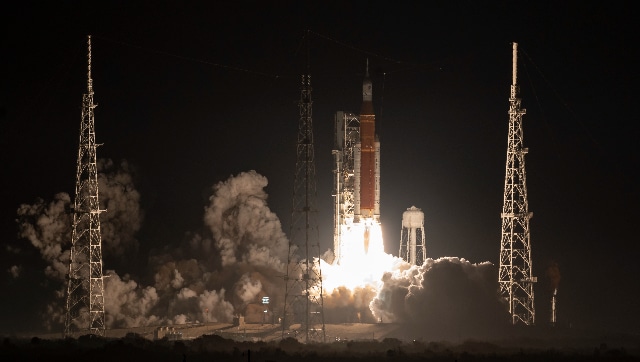Humans will be living & working on the Moon by the end of this decade thanks to Artemis 1, says NASA
NASA’s Artemis 1 mission is probably the most significant space mission of this decade. Thanks to this mission, humans will be returning to the moon for an extended period of time, and will be participating in months of exploration and in-depth investigation to see if life as we know it can be sustained in any way beyond Earth.

In an interview with the BBC, NASA’s Orion lunar spacecraft project leader Howard Hu stated, “We’re going to send people down to the surface, and they’re going to be living on that surface and doing research.”
“The mission allows us to have a stable platform and transportation system that enables us to get operating experience in that deep space environment”, he added.
NASA’s Artemis 1 Orion has set a new record for the spacecraft designed to carry humans to deep space by travelling 419,378 kilometres from Earth. The record was previously set during the Apollo 13 mission at 248,655 miles from our home planet. Artemis I will not land on the moon, but the spacecraft will orbit nearby before returning to Earth in 26 days.
For the next six days, Orion will remain in lunar orbit. It will then put the spacecraft on a trajectory back to Earth, followed by a Sunday, December 11, splashdown in the Pacific Ocean, a press release by NASA said.
The US space agency intends to launch the first manned Lunar landing since the Apollo 17 mission in 1972 in late 2024 or early 2025. That will also feature the very first woman and the first person of colour to step foot on the moon.
According to NASA, this is the spacecraft that will take the astronauts who will land us back on the Moon once more. “We are developing a sustainable programme, and we are heading to the Moon,” said Hu.
NASA is expected to use innovative measures to learn more about the Moon’s South Pole. The agency will also try to understand the lunar surface with the help of the Gateway Space Station in orbit, the press note added.
The spacecraft has a sensor named Commander Moonikin Campos attached to it. It will help provide information on what crew members may experience in flight. The Campos is named after Arturo Campos, the key player in bringing Apollo 13 safely back to Earth.
from Firstpost Tech Latest News https://ift.tt/WinKAga
Comments
Post a Comment